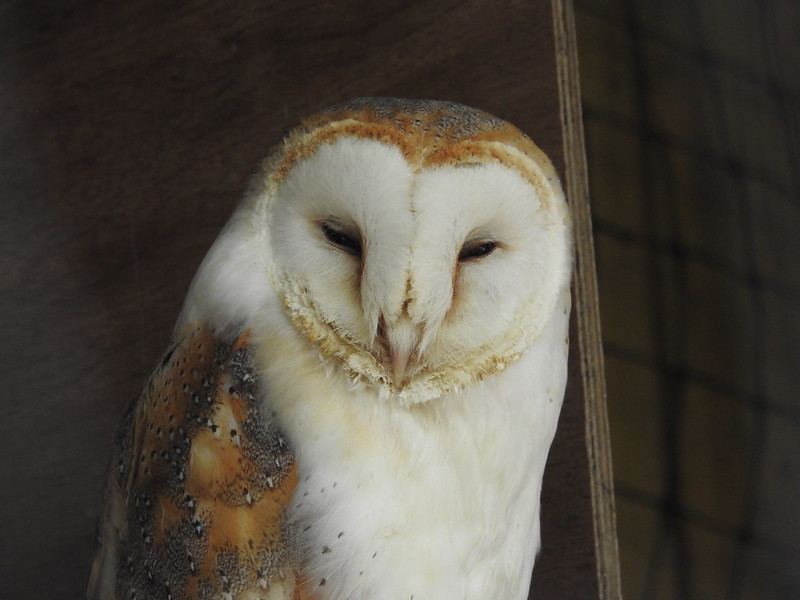There are two main families of owls, Tytonidae and Strigidae. Tytonidae is the family of barn owls, composed of twenty species, most of which have heart-shaped faces and black eyes (Barn Owls, Masked Owls, Grass Owls, Sooty Owls, and Bay Owls which are a separate genus). Strigidae includes all other species of owls, 220 species. They look like ghosts, don’t they? I think they’re beautiful. Owls’ facial disks are designed to funnel sound to their ears, which are asymmetric. This makes their hearing especially acute. Owls became associated with wisdom for two reasons—one is that their large eyes make them look wise (which is ironic since their large eyes leave less room for their brains), and the other reason is that they were associated with Athena, the goddess of wisdom. This association comes from the sheer amount of Little Owls (Athene noctua— great name, right?) in Athens. Like cats and ravens, folklore around owls is very m...

